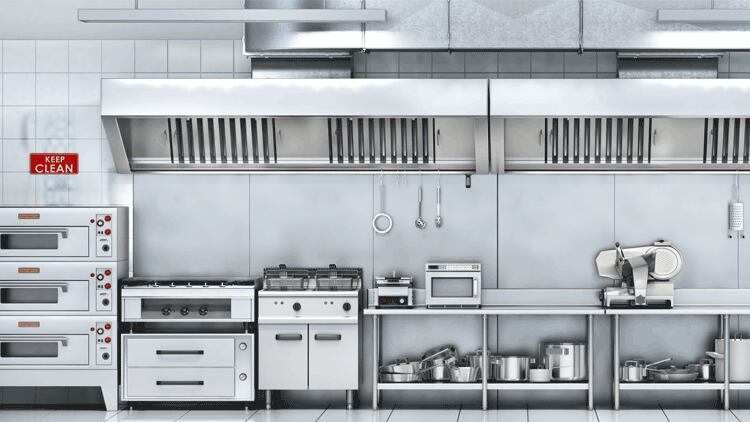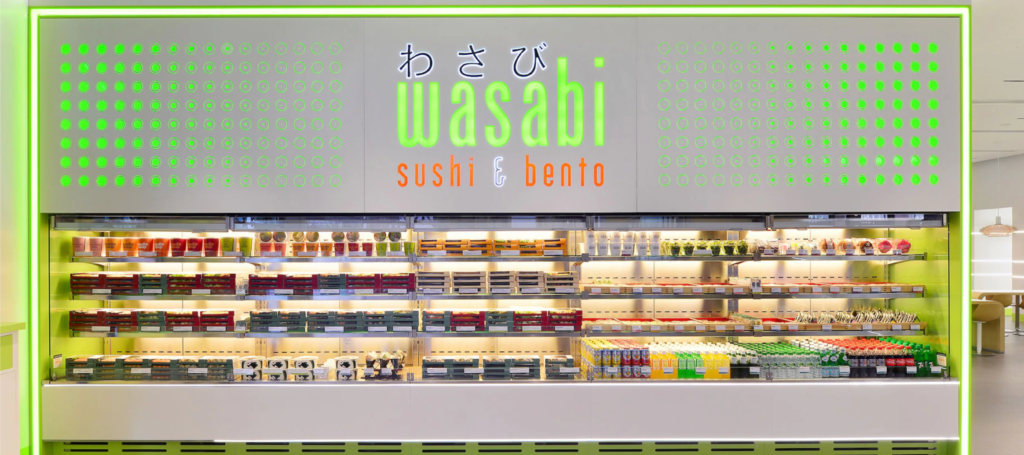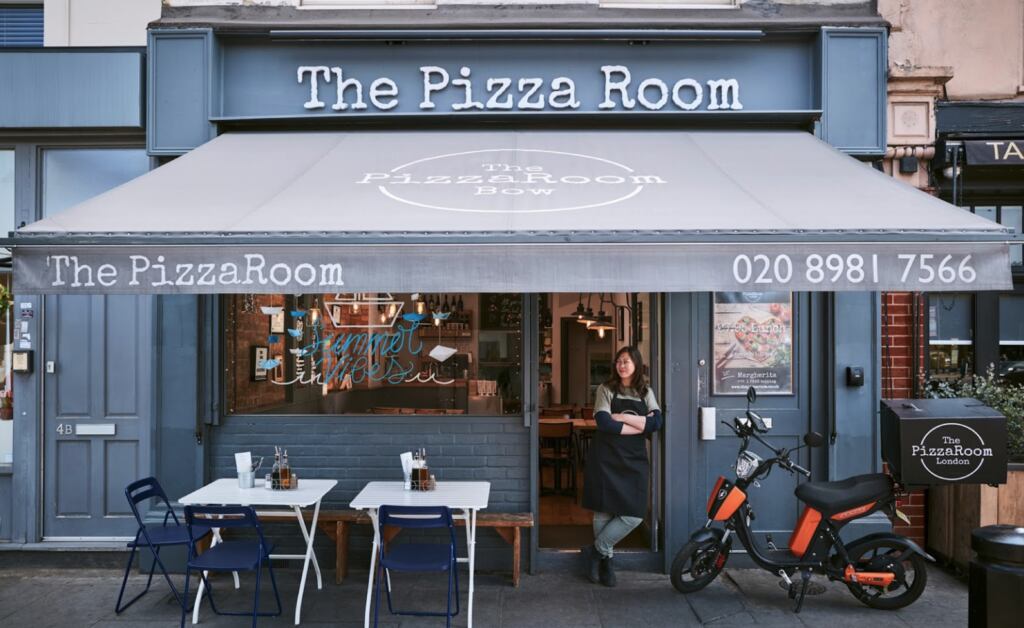Picture the scene. A counter stacked with tablets vie for space and the attention of a restaurant manager, who is desperately trying to keep in top of multiple orders pinging in from various delivery partners. Having launched two virtual brands, a vegan and taco offering, the restaurant is making the most of its kitchen space during lockdown, but this has only added to the tangle of wires.
The boom in delivery brought about by the closure of dine-in has been much discussed. Less considered is this new dynamic has strengthened the case for a relatively unsung player in the space – the integration partner.
As operators have scrambled to boost their delivery offering, in some cases quickly onboarding several aggregators at once, the new multi-channel approach has inevitably added to operational complexity. In dark kitchens these issues are multiplied, with some specialist operators producing scores of virtual brands each with their own menus and tablets from the same kitchen.
While Just Eat has its own delivery POS integration system, Practi, Deliveroo and UberEats have remained focused on their core delivery proposition, with middleware services like Bistrohub, Deliverect and stepping in to provide POS integration.

Multiple delivery service integration
A relatively new entrant to the UK market, Madrid-based Bistrohub claims to be the first system to integrate multiple delivery services and enable restaurants to handle the whole order and delivery process on a single platform. Working with Wasabi, Pizza Hut and the Pizza Room, its software allows restaurants to manage orders from the three main UK delivery providers, as well as integrating with a restaurant’s POS terminals, automating the whole ordering process to prevent errors and reduce workloads.
With many operators opting for a multi-aggregator approach, to make their offer as broadly available as possible, Bistrohub argues the case for integration partners is now stronger than ever. The partner acts as a middleman between the delivery operators and the restaurant’s operations system, founder José Luis Romero explains.
“In some dark kitchens, we have clients that have 50 brands in one location,” he says. “This adds a lot of complexity. If they didn't use us, they could have 150 tablets just in one location. It’s a mess. Then imagine running out of Coca Cola, which is being shared by all the brands, and you would have to go tablet by tablet, flagging it as a sold-out product.”
The single dashboard allows operators to make changes to menus items, prices and openings, rather than repetitive inputting, which is prone to human error.
Bistrohub’s research suggests an average of 14% of delivery orders contain errors when restaurants use multiple ordering systems. “It really makes a big difference when you're running a big operation with that many with that many brands,” Romero says.
As well as flexibility to make minor adjustments, the technology allows restaurants to have different menus at different times of the day, and automate the times when these change, something Romero says competitors do not offer.
Bistrohub has also developed a standalone solution for dark kitchens, which includes kitchen display systems (KDS).
“Many dark kitchens and virtual brands realised they needed a comprehensive solution since they aren't handling cash or managing tables, which are key features of the POS systems,” Romero says.
The solution includes simple order creation for tickets coming via phone, WhatsApp or walk-in customers if they have a counter for takeaway.
The KDS is optimised for multi-brand locations and a multi-tenant management dashboard for host kitchens to get both a general overview of all operations and individual accounts for their tenants.
Romero believes the opportunity for middleware providers is down to the sharp focus of the big aggregators on gaining market share. “For Deliveroo and Uber Eats, their model is much more focused. Integration is a lot of work, the POS and restaurant management software industry is very fragmented, each POS is a new integration lasting weeks if not months and their focus is offering a great product and aggregating their customer demand.
“It takes effort to build the middleware to set up all these integrations. It’s a lot of engineering. It’s easier for them to just create an open API and let people like us do the work.”
Future developments
Looking to the future, Romero sees lots of development happening in delivery, with new functions being added on all the time. “The APIs are relatively new, they are adding more and more features," he says. "In less than a year we think you're going to be able to do pretty much of the things you can do on Deliveroo or UberEats through a single system and perhaps even do without the tablets, at least for large clients.
“Being able to get real time status updates throughout the delivery process is optimising the experience for everyone. That means the restaurant is clicking when the order is starting to cook, when it's ready to pick up, when it has finally been picked up. This has been manual for the last year, but now we're finally seeing this being added programmatically.
“This means a better experience for the consumer, because they're going to be able to get the order faster, the rider is going to ride when the order is ready. It’s a more streamlined process.”
Romero sees the level of integration continuing to improve, while digitisation opens up new avenues, such as direct delivery options and white label solutions, such as Deliveroo’s new Signature service, which benefit operators from a data perspective.
“We definitely see a trend for customers to have more direct delivery options. Deliveroo’s Signature is very smart because they already have a huge supply of riders. They recognise that operators want to try and keep the customers on their own website.”
There are, however, considerations for operators over whether this is the best solution. “Ideally everyone wants to sell more directly,” Romero adds. “But that also means if you don't have already an established brand you need to invest more resources on marketing.
“It's easier if you're a McDonald's. But if you're a small local brand, you need to give some incentives for people to use your white label and register on a new system.
“The CRM part is something that clients are valuing a lot, so being able to own your data and the data of your customers, see when someone is ordering a 10th time, you can maybe provide a nice reward because it's a frequent customer.”

How Wasabi optimised stock information
Sushi and bento brand Wasabi operate more than 35 locations in the UK, its freshly made daily menu require accurate inventory management. With a multi-brand operation using fresh produce, stock needs to be updated in real-time to help inventory planning and provide maximum flexibility for product availability and menu updates.
“We were looking for a partner that could understand our business needs and adapt the solution to our internal systems,” say Wasabi IT director Brendan Mckeown.
“It has been very easy and fun to work with Bistrohub’s team and we have managed to optimise our stock information across all digital channels. Before Bistrohub, we had to manage stock information across three tablets.
“We have seen Bistrohub taking the ownership and showing the flexibility that is hard to find in other middle-wares, their team custom developed several reports and features that were essential to our inventory management in connection with our online sales. Menu management has been simplified considerably as all 35 locations can be updated from a single menu, allowing us to iterate more.”

The Pizza Room explores dark kitchens
Family-run business the Pizza Room was predominantly a dine-in restaurant pre-Covid, but the business had adapt to managing multiple delivery channels when lockdown arrived. With seven sites in London serving freshly made Italian cuisine, managing on-demand delivery riders and in-house systems at the same time was challenging with limited resources and personnel.
This led to The Pizza Room to work with Bistrohub.
“We’ve had to rapidly change our model from being a predominately sit in restaurant to delivery only and Bistrohub has helped us manage this change,” Pamela Tironi, owner of The Pizza Room, explains. “Feedback from the managers and operations team has been very positive. They particularly enjoy the ability to manage the menus and channels from one place. As we have multiple locations this used to be very complicated as we had to make the changes on several different tablets.
“The ability to also see live data across our delivery platforms and e-commerce is also very helpful as it allows us to get a good overview of our monthly expenditure across all our channels.”
Having experienced strong results with their online operations, The Pizza Room has gone on to expand its operations into dark kitchens.
“As our technology partner we came to Bistrohub since we knew they offered a comprehensive solution for dark kitchens with a Kitchen Display System. Bistrohub’s team was very helpful in advising us on the set up and making sure our needs were heard. Adapting their product to what works best for us.”


